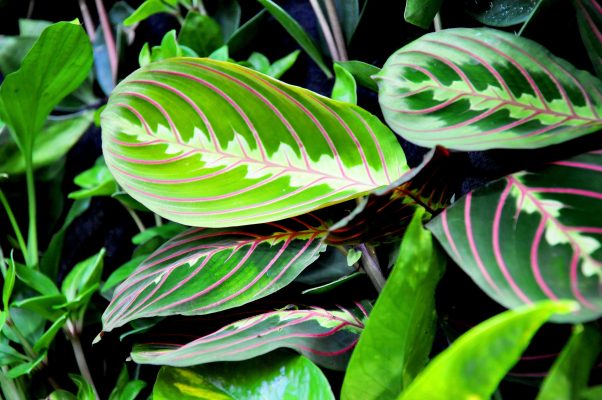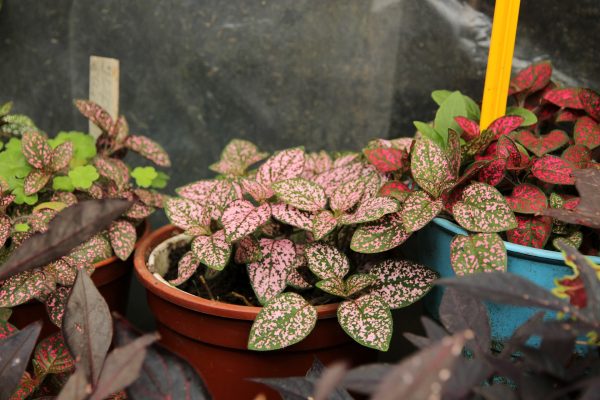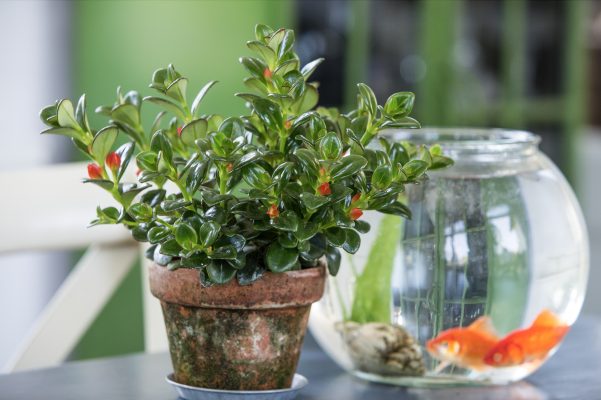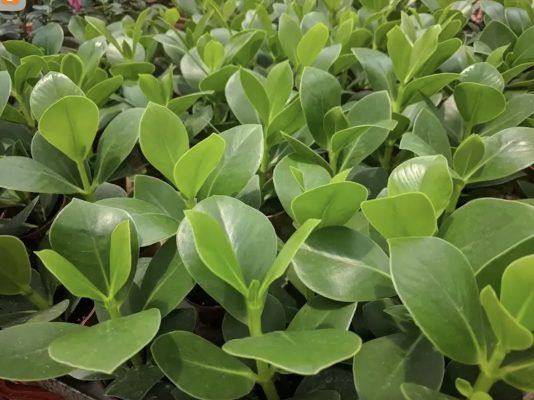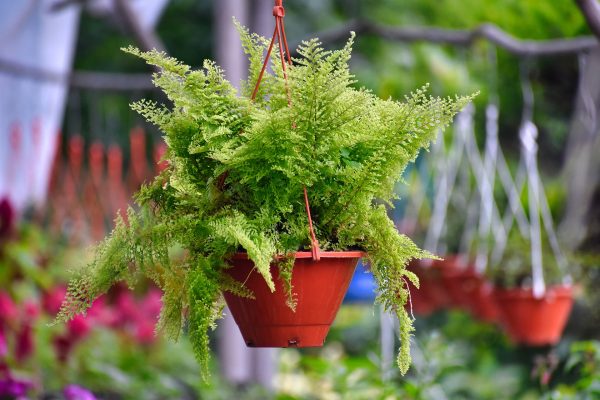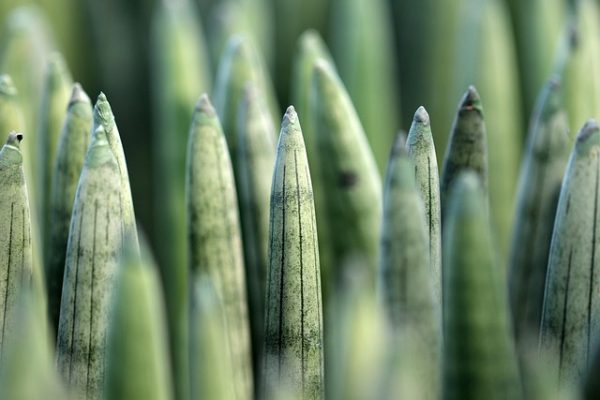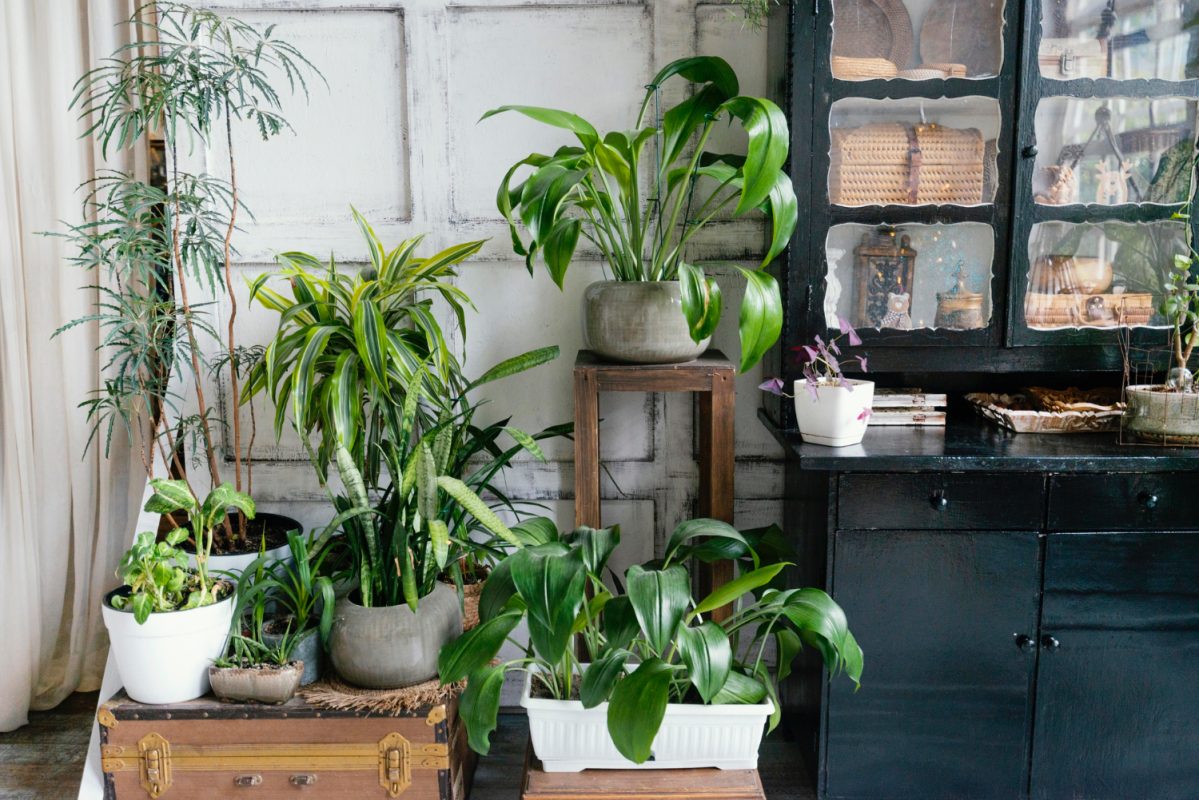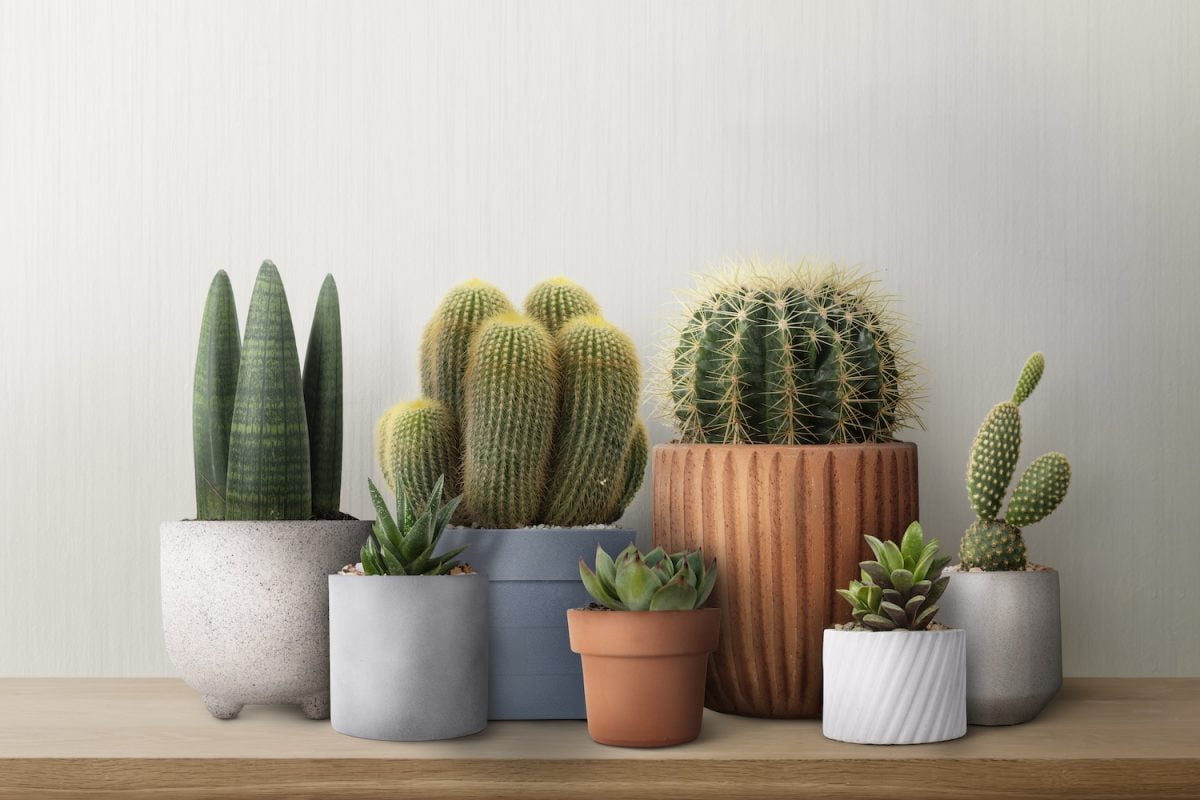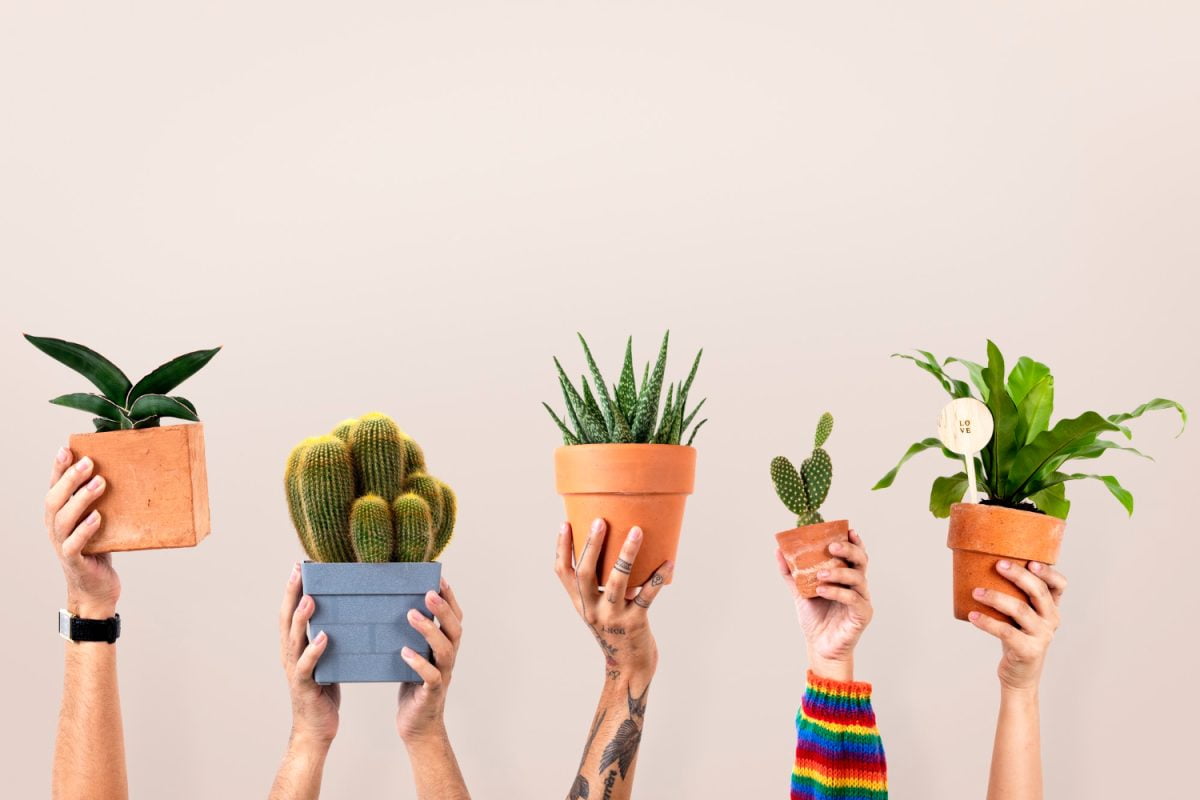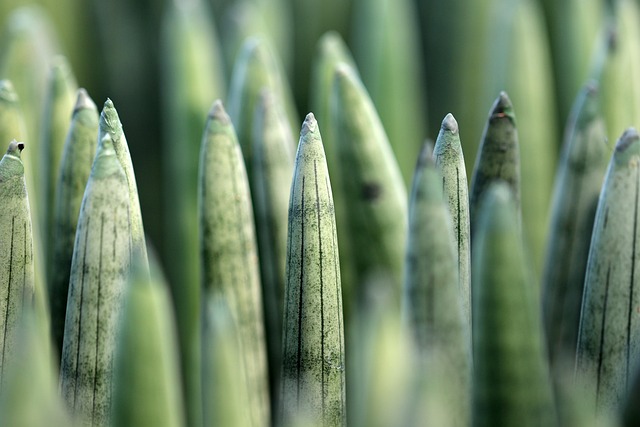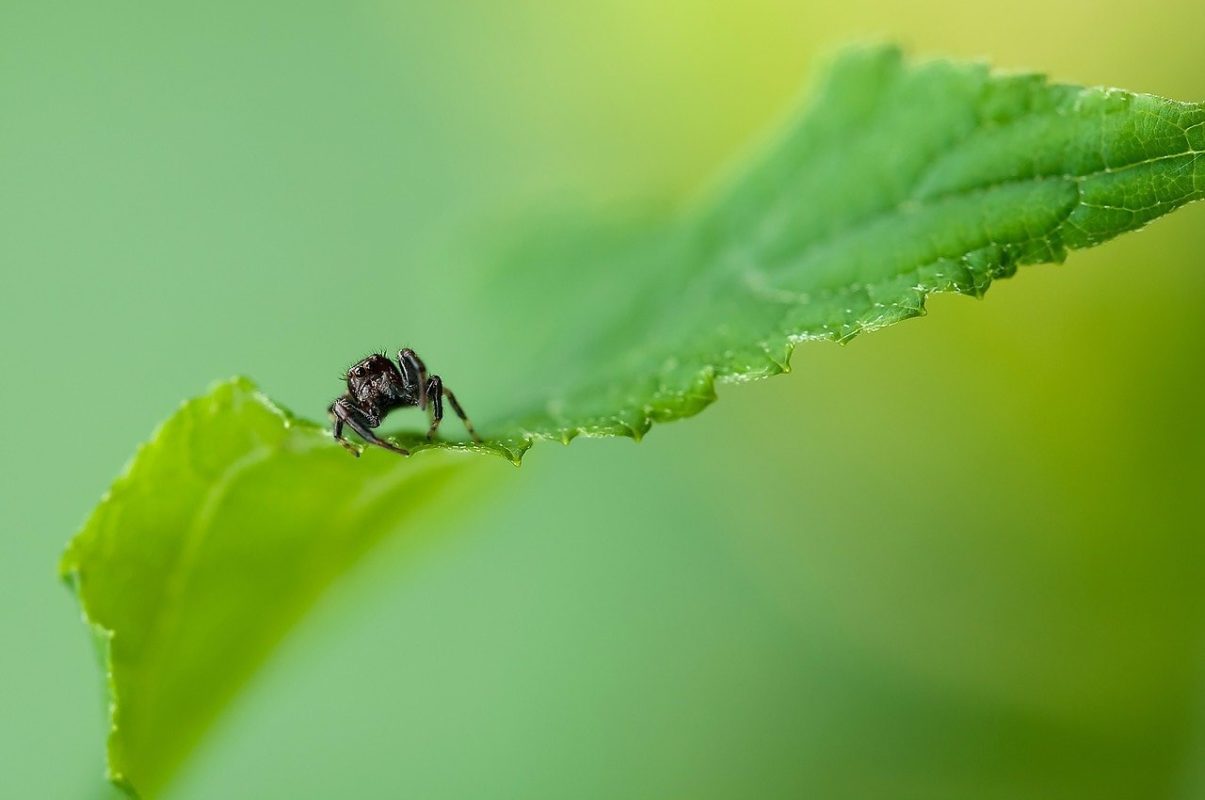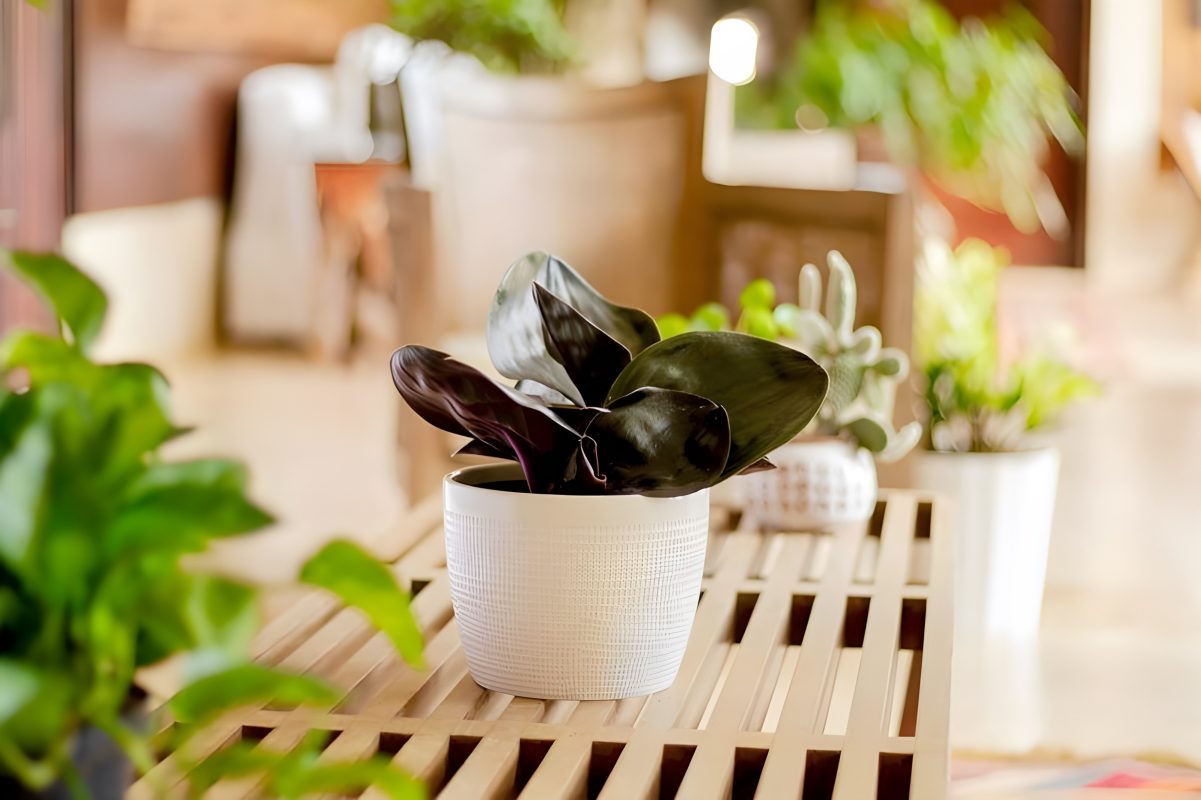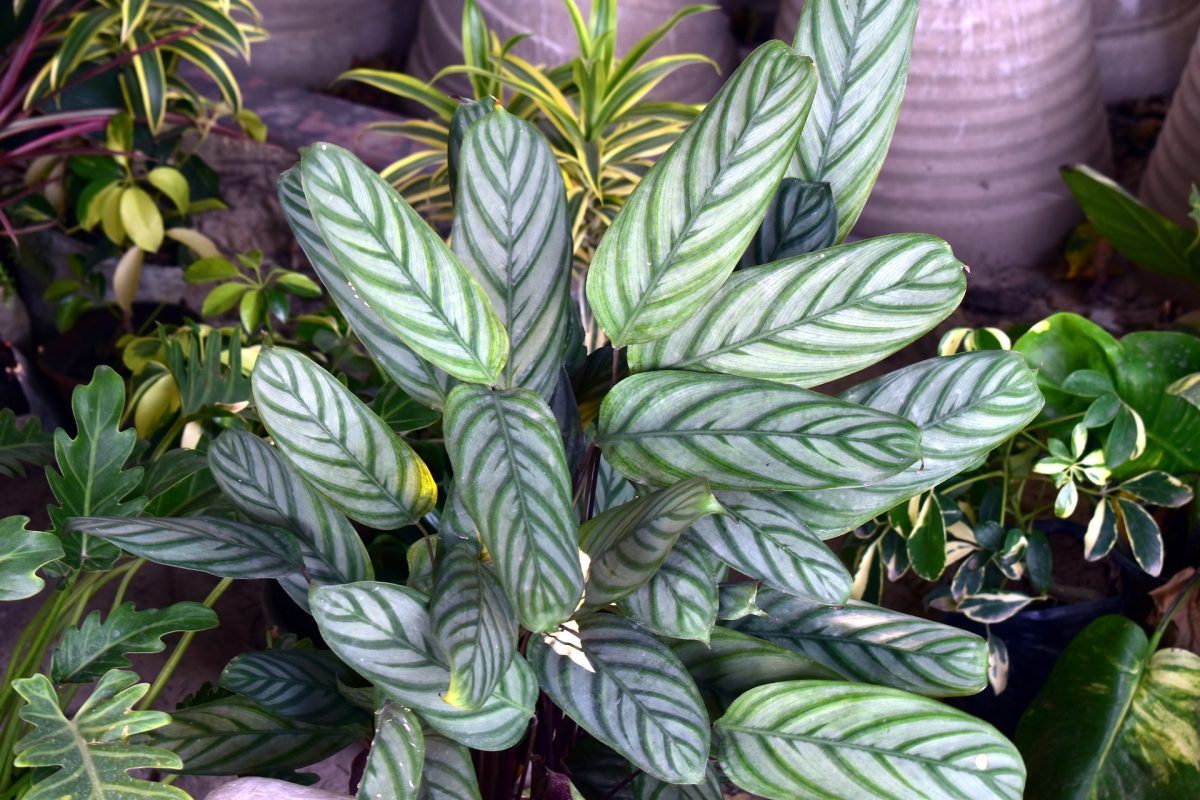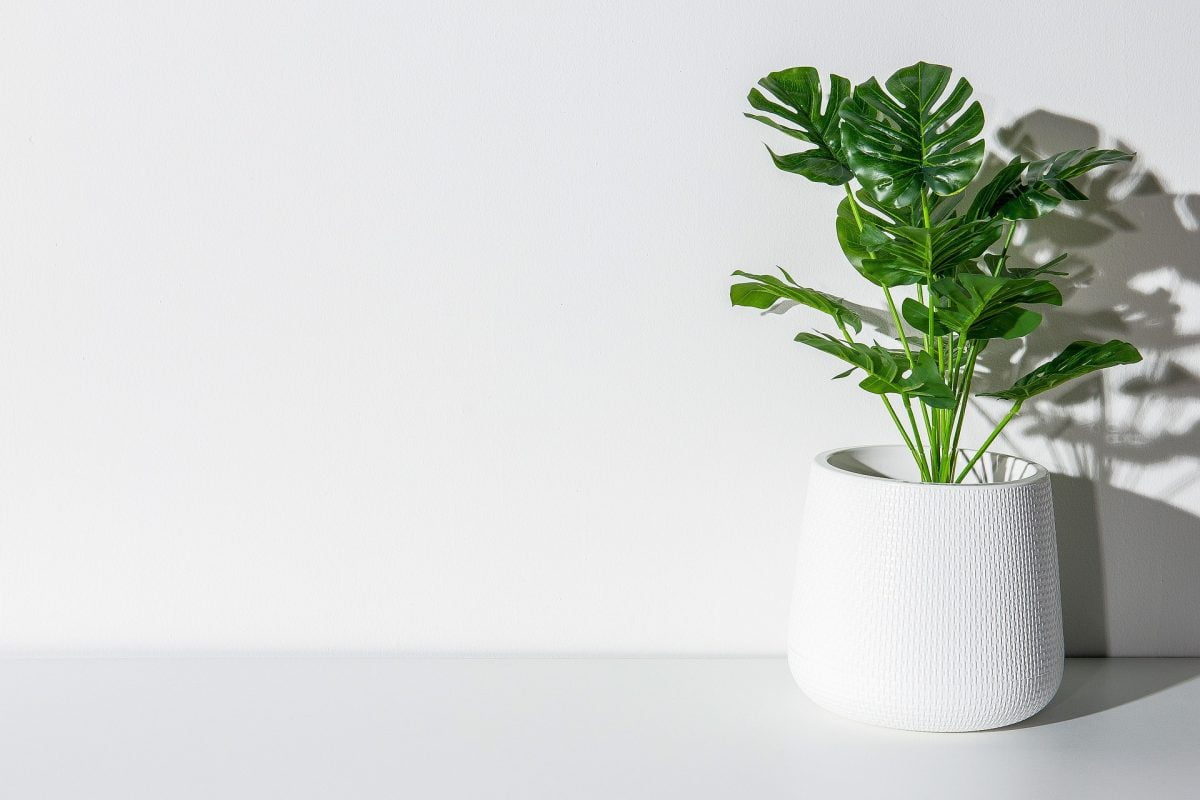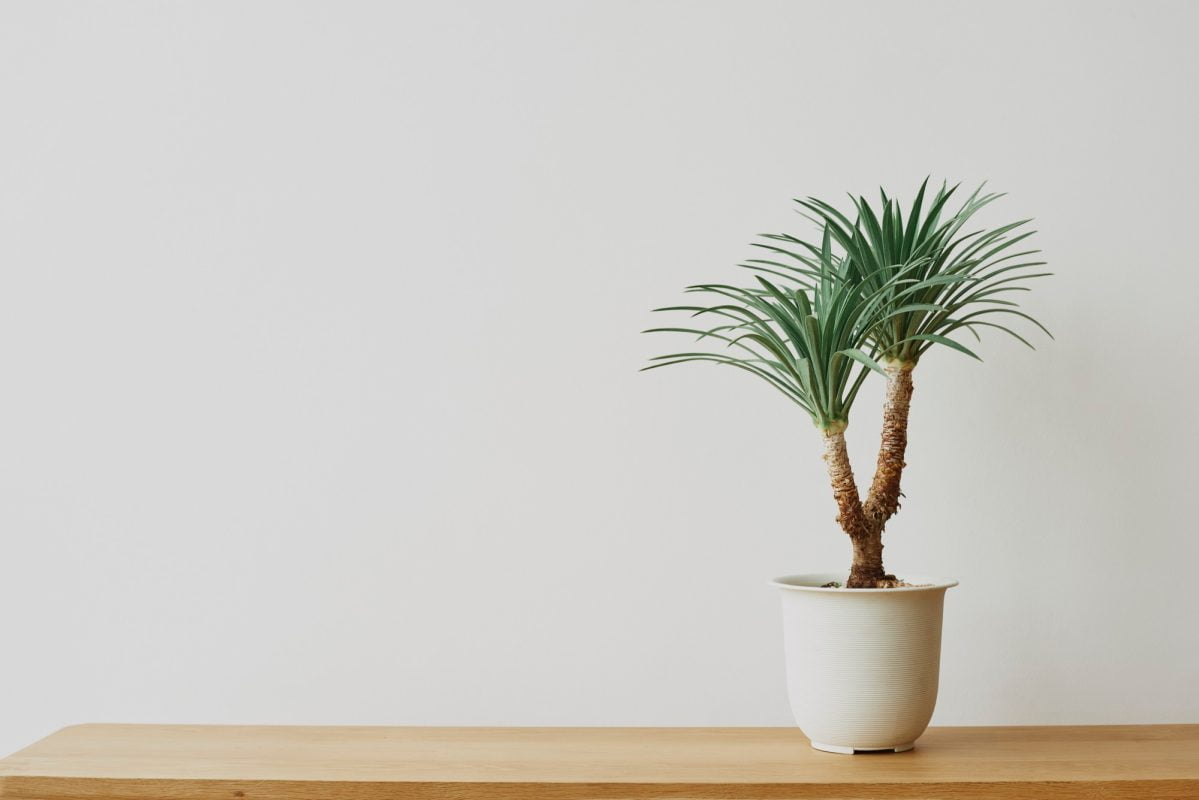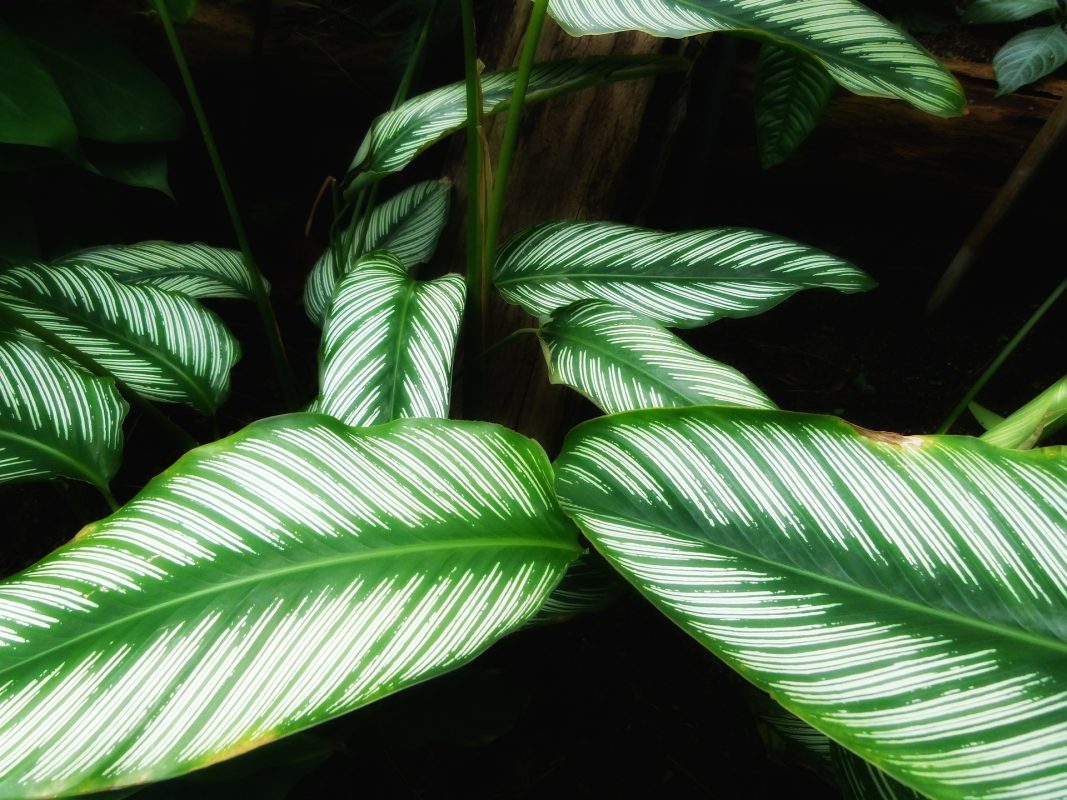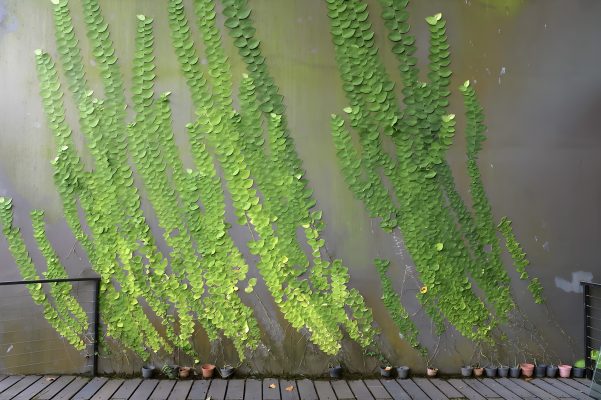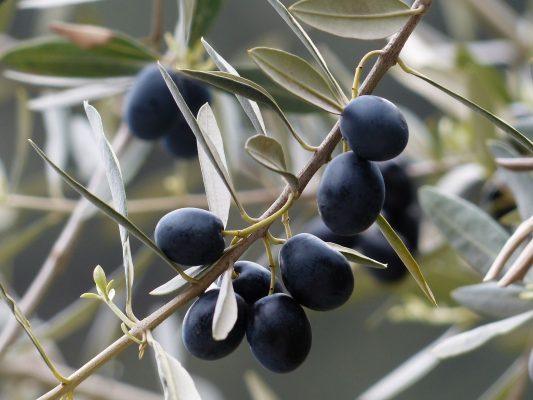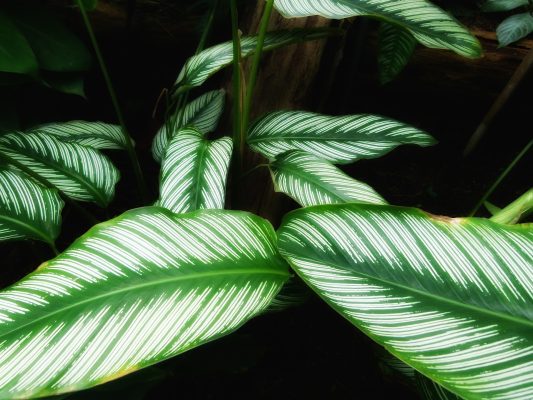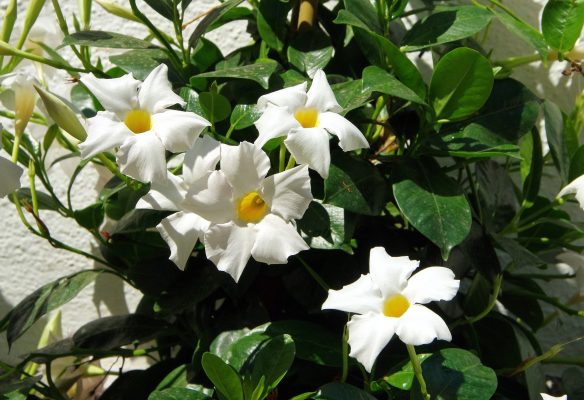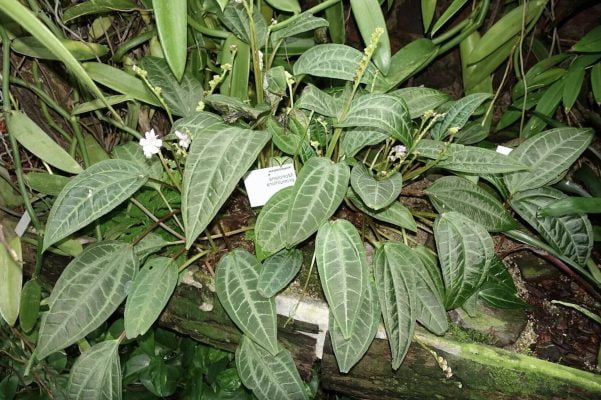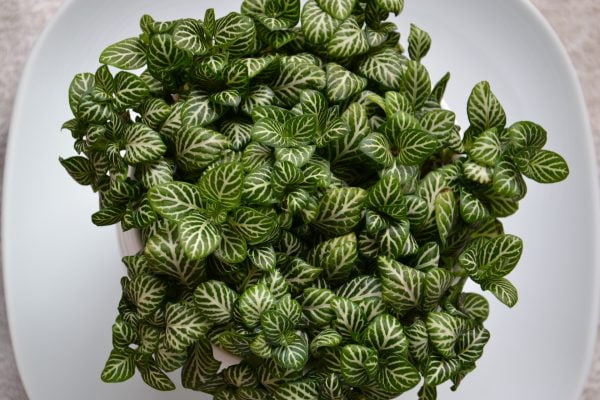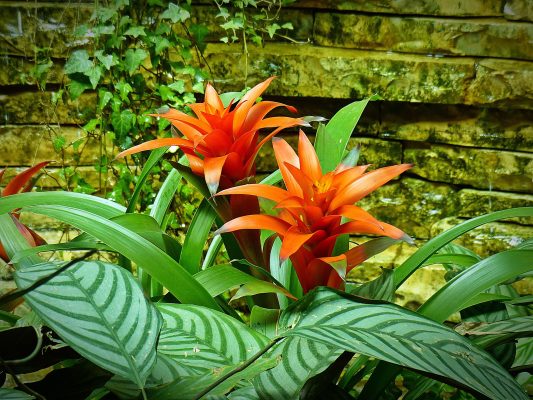Cordylines, a captivating genus of tropical plants, are celebrated for their ornamental foliage and vibrant hues. This comprehensive care guide unveils the secrets to cultivating thriving Cordylines, transforming your garden into a haven of elegance and color.
I. Plant Overview:
- Scientific Name: Cordyline spp.
- Common Names: Cordyline, Ti Plant
- Origin: Native to Southeast Asia, Australia, and the Pacific Islands.
II. Light Requirements:
- Ideal Conditions: Bright, indirect light. Some varieties tolerate partial shade, while others thrive in full sun.
- Tolerance: Adaptable to various light conditions, but vibrant colors may intensify with more sunlight.
III. Watering:
- Frequency: Keep the soil consistently moist, allowing the top inch to dry between waterings. Reduce water in the dormant season.
- Water Quality: Use room-temperature water. Ensure good drainage to prevent root rot.
- Humidity: Cordylines tolerate average humidity levels.
IV. Soil:
- Type: Well-draining potting mix with added perlite or sand. A mix for tropical plants or general-purpose potting soil is suitable.
- pH Level: Slightly acidic to neutral (pH 6.0-7.0).
V. Temperature and Humidity:
- Temperature: Maintain a warm environment between 60-80°F (15-27°C). Protect from cold drafts and frost.
- Humidity: Cordylines are adaptable to various humidity levels. Moderate humidity is generally sufficient.
VI. Fertilization:
- Schedule: Feed every 4-6 weeks during the growing season (spring and summer).
- Fertilizer: Use a balanced liquid fertilizer, diluted to half strength. Reduce fertilization in the dormant season.
VII. Pruning and Maintenance:
- Pruning: Remove dead or damaged leaves to maintain a tidy appearance. Trim back leggy growth for bushier plants.
- Cleaning: Wipe leaves with a damp cloth to remove dust and enhance the plant’s aesthetic appeal.
VIII. Repotting:
- Frequency: Repot every 1-2 years or when the plant outgrows its container.
- Procedure: Gently lift the plant, inspect roots, and repot in fresh soil. Choose a container with drainage holes.
IX. Common Issues and Solutions:
- Yellowing Leaves: Overwatering or underwatering. Adjust watering habits accordingly.
- Pests: Watch for pests like spider mites or aphids. Treat with insecticidal soap or neem oil.
- Fading Colors: Insufficient light. Move the plant to a brighter location for more vibrant foliage.
X. Propagation:
- Method: Stem cuttings.
- Timing: Spring or early summer.
- Process: Take a cutting with at least two nodes, let it root in water or soil, then plant in fresh potting mix.
Cordylines bring a touch of tropical elegance to gardens, and with the right care, they flourish into captivating specimens. This guide equips you with the knowledge to enhance your outdoor space with the graceful foliage and vibrant colors of Cordylines. Happy gardening!
our recommendation
you may also want to know




